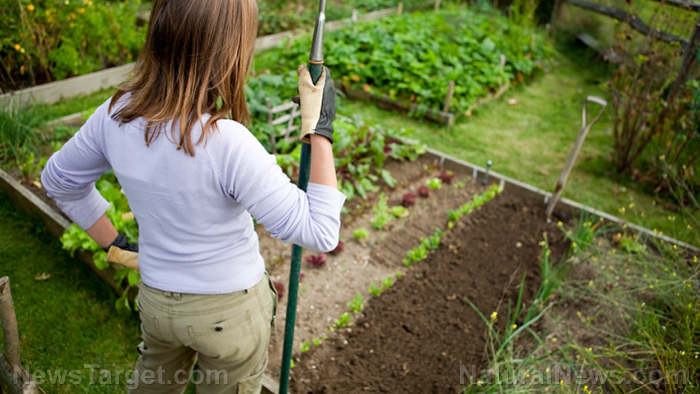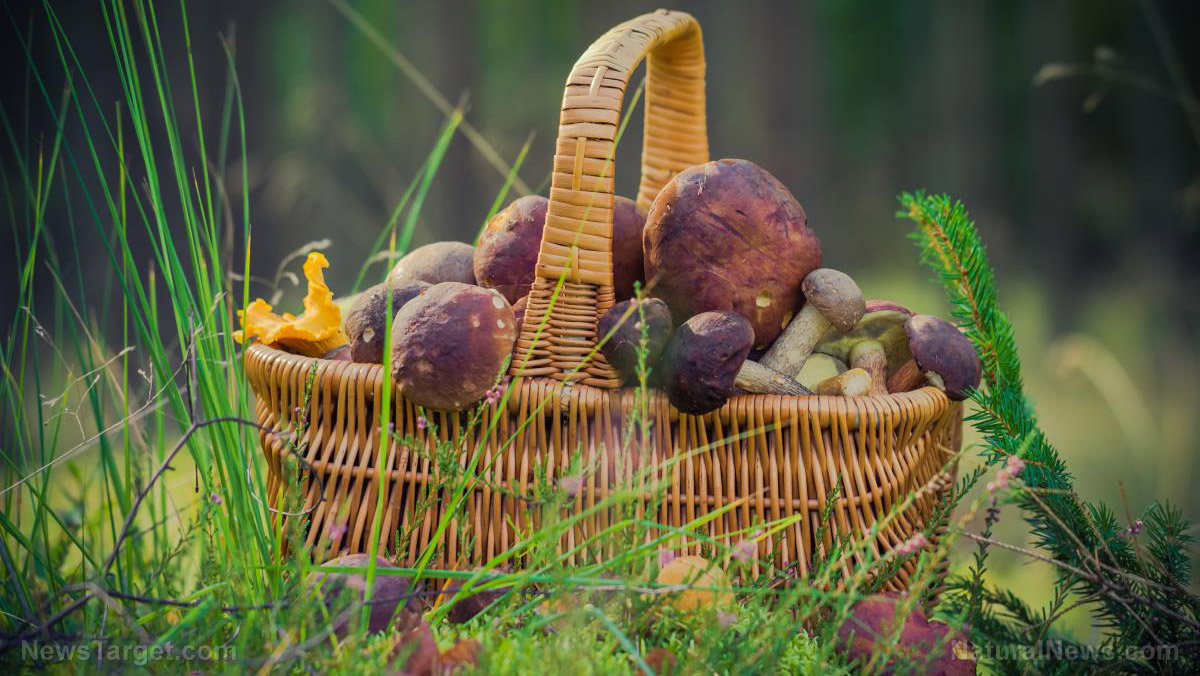
Advertisement
Starting your own garden is exciting, but it can be disappointing when soil quality becomes a problem and you can’t grow anything. If you’re having issues with your home garden, check your soil quality and try some of the suggestions below to improve soil fertility.
Understanding soil fertility
Like humans, plants need nutrients to grow healthy. Fertile soil has all of the nutrients plants need to grow, like nitrogen, phosphorus and potassium. Fertile soil also contains other nutrients like calcium, copper and magnesium.
Soil fertility is influenced by organic matter, pH levels, moisture and nutrient retention. Fertile soil also contains beneficial microorganisms, minerals and helpful insects like earthworms that aerate the soil.
The soil on the forest floor is a good example of fertile soil. It is usually dark, brown or black. It is also loose, rich and has an earthy smell.
Infertile soil, on the other hand, is usually hard, dry and difficult to dig. It might be pale, barren and causes water to run off instead of sink in.
Compaction, erosion and pesticide use can affect soil’s natural fertility. Growing the same crop in the same space over time can also reduce fertility and increase the presence of disease.
Soil type can also affect soil fertility. Your garden may have either clay soil, sandy soil, loam soil or silt soil.
If your garden soil does not have a well-balanced texture, you’ll have trouble with soil fertility. To ensure success in your garden, you need to determine what type of soil you have.
If your soil is unfertile, make amendments to its texture to improve soil fertility. The best kind of garden soil contains a mix of clay, silt and sand, which makes up loam. Use this jar test to determine your soil texture.
Factors like density, moisture content, organic matter and pH may affect soil fertility. If your garden soil is too compacted, water and air will not be distributed evenly throughout the soil. This is bad because it will hamper the growth of microbes and restrict the movement of nutrients in the soil.
Testing for soil fertility
You can test your soil fertility through your local agricultural extension office. The soil test will help you understand how to address issues with your garden soil.
Try the earthworm test to check organic matter in your garden soil. It’s best to do this test in spring when the soil’s temperature has reached 50 F and its surface is moist.
Use a shovel to dig up about one cubic foot of soil. Put the soil on a piece of cardboard then break it apart to look for earthworms.
If you find at least 10 earthworms, your soil is healthy. If your soil has fewer than 10 worms, add more organic matter like aged manure, compost and leaf mold. Organic matter improves structure, slowly releases nutrients and increases beneficial microbial activity in garden soil.
10 Ways to improve soil fertility
Try these 10 suggestions to increase soil fertility in your home garden.
1. Amend soil texture
Once you confirm your soil texture, try the following amendments.
Clay soil
If you have hard clay soil, rainwater might run off. Amend clay soil by adding plenty of organic matter. Continue to add compost or mulch every year to build soil texture and fertility.
Sandy soil
Amend sandy soil by working several inches of organic matter into the soil. Continue to mulch throughout the year. Use cover crops like oats, rye, or sweet clover to build soil and soil fertility.
Silty soil
Amend silty soil by turning over the top layer of soil regularly. Add compost or aged sawdust and don’t overwater silty soils.
2. Plant deep-rooted plants
If your soil fertility is low, growing certain plants can help. Plants with deep tap roots can draw up minerals and nutrients from below the soil’s surface.
Once these plants die, the minerals and nutrients are returned to the soil near the surface where smaller plants can access them. The deep taproots also add aeration and channels in the soil that will provide water and oxygen to the plants you will grow.
Beneficial deep-rooted plants to grow in your garden include borage, comfrey, dandelion and yellow dock. Both borage and dandelion are edible and all four plants can bring up nutrients and minerals from the soil into the plant. Eventually, the plants will be composted or turned under to fertilize the soil.
3. Avoid tilling
Tilling breaks up the soil in your garden. It’s useful if you need to break up hard clay, turn the soil over and mix weeds and grass down into the soil.
However, tilling has its disadvantages. Tilling the soil can disrupt the natural processes of soil systems and reduce soil fertility.
The tiller will disrupt the natural bacteria in the soil by disrupting the air pockets and porosity of the soil, making it impossible for soil bacteria to survive.
Tilling also stirs up dormant weed seeds. Once this happens, weed seeds will reach the surface, grow and steal the nutrients that your crops need.
4. Liquid compost (compost tea)
Compost tea helps add plenty of nutrients and beneficial microorganisms to your soil. Either buy liquid compost or make your own compost tea.
5. Use a broadfork
If you need to break up garden soil, use a broadfork. This tool opens the soil up and is more friendly to natural bacteria and insects than a tiller.
A broadfork creates more aeration in the soil while a tiller creates less.
6. Mulch with hay
Note that commercially grown hay is treated with herbicides and pesticides that are bad for your garden soil. When mulching with hay, use organically grown hay.
7. Add sources of phosphate
Add phosphate to garden soil by using mineral sources like soft rock phosphate, hard rock phosphate and colloidal phosphate. These sources work best when added to manure and allowed to compost.
8. Add sources of calcium
Use lime to add calcium to the soil and moderate soil pH. Alternatively, you can use gypsum if your soil needs calcium and sulfur.
9. Add sources of potassium
Granite dust is a source of potash, but it doesn’t break down completely in garden soil. Instead, use glauconite, a slow-release mineral that allows potash to slowly break down into the soil. Note that glauconite can be rather expensive.
10. Use sources of nitrogen
Improve soil fertility by adding kelp meal directly to your soil. This option is expensive, but seaweed contains magnesium, nitrogen, phosphorus, potash and sulfur.
Blood meal is also expensive, but it has a high nitrogen content. Use blood meal sparingly to avoid burning your plants.
Fish meal or fish emulsion is also high in nitrogen, but some gardeners don’t consider it organic because it contains additives.
Before you start a home garden, test soil quality and boost soil fertility by using amendments and growing deep-rooted plants.
Sources:
Advertisements







